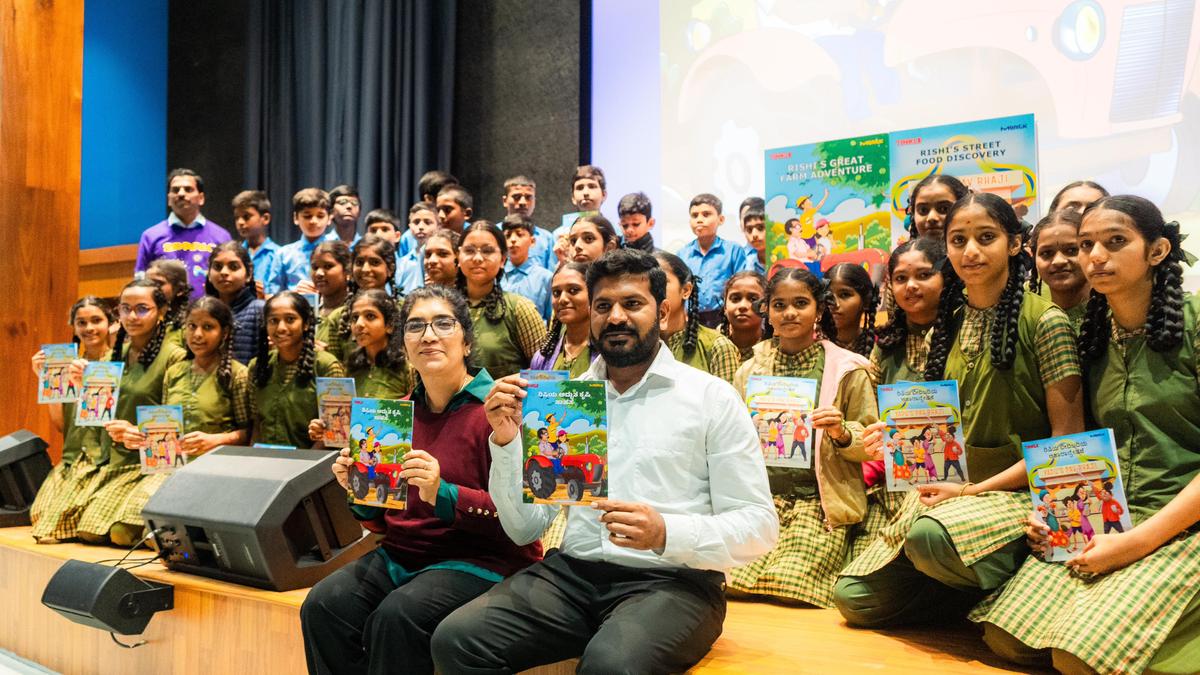
Merck-Tinkle comic book targets healthy eating practices among young readers
The Hindu
A comic book titled Safe Food, Safe Future aims to spread awareness on healthy eating habits
Meet Captain Khau, aka Rishi, who is on a mission to demystify the microbial contamination of food during his summer vacation. His first case: the mysterious closure of Yadu’s Pav Bhaji, followed by an epic farm adventure with Swapna Di. In the Merck-Tinkle comic book Safe Food, Safe Future, students learn about microbial contamination and safe food practices through Rishi’s adventures.
Under their #SafeFoodFirst campaign, Merck Life Science launched the Safe Food, Safe Future comic book at the Indian Institute of Science recently. The comic books are available in both Kannada and English. “I wanted them to keep it in their houses so that parents, grandmothers, and everybody starts reading it,” says Janice Goveas, Communication Head of Merck Life Sciences. “Not all of them will be fluent in English.” The goal was to make it accessible to their families so everyone could share and absorb the information, she adds.
During the book launch, Dr. Veena Panicker, head of biomonitoring at Merck Life Sciences, said, “The goal here isn’t to scare you about your food choices but rather to raise your awareness of what you’re eating. When we are hungry, we often mindlessly grab whatever is at hand. While this might not affect your health when you are young, poor eating habits can have consequences as you age. ”
After the book launch, students engaged in an interactive quiz on food contamination with Merck’s CSR team, SPARK, followed by a Q&A session. When asked about the addition of nitrogen gas to chip packets, Dr. Veena explained that it prevents spoilage by slowing oxidation, which can lead to rank odours and tastes. Regulatory bodies such as the FSSAI set guidelines to ensure that safe products meet these standards.
“We have two main initiatives. First, we focus on the science of vaccines; last year, we produced a video on this topic. This year, we shifted to the science of food safety, which we transformed into comic books. Next year, we plan to cover the science of pure water. Our larger objective is to let people know that many organisations such as ours, are working quietly behind the scenes. We are the ones who enable science and create content in public interest,” said Janice.
“However, while people consume food from places such as McDonald’s without a doubt, they often ask us numerous questions first,” she added.
Two live experiment sessions followed the Q&A session. The first experiment helped students distinguish between adulterated food and pure products using milk and turmeric. By adding iodine to milk and diluted HCL to turmeric, students observed colour changes that indicated contamination.











